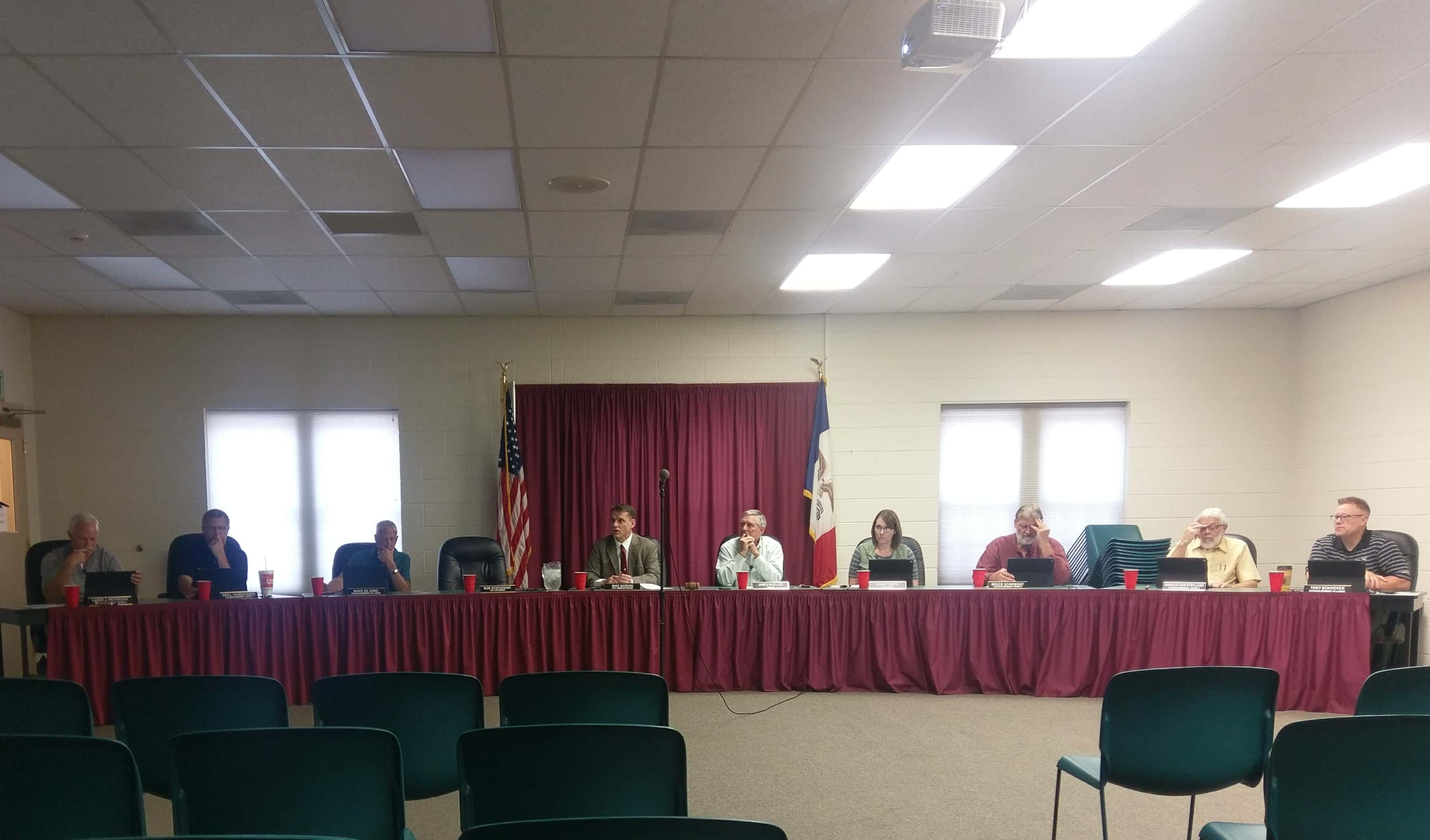The Pella City Council held a special work session Tuesday to tackle a wide range of projects for the city.
Discussion centered around back-to-brick street improvements in the central business district. An overall timeline was established, with 2018 set as a planning year to get engineering services in place and receive public input over the next year about overall designs and funding sources for a potential streetscape project between 2019 and 2021 for the reconstruction of Franklin Street and other alleyways. Public Works Director Denny Buyert also shared details about the cost of bricks, and concerns about alleyway delivery and potential issues with narrowing Franklin Street to possibly expand sidewalks. No formal action was taken, but city staff will begin the process of seeking an engineering firm for the entire streetscape project, with action possible late this year into early next.
The council also agreed to expand holiday season decorations in the community. Three vendors submitted bids for various decorations and services. The council aims to take the responsibilities of decorating out of the hands of city staff to free them up for other tasks and to update the tree used on the Tulip Toren and additional lights in Central Park. The council informally moved to allow up to approximately $53,000 for City of Parks staff to select a vendor to handle putting decorations up, maintaining them, and tearing them down. Council members gave direction on a budget limit as opposed to selecting a vendor, as the deadline for orders is this Friday.
An extensive review of guidelines for converting gravel roads partially in the city limits to hard-surface was also held. The inquiry into how the city handles these projects was prompted by a request by St. Mary’s Catholic Church to turn 218th Place leading up to the church to hard surface and by the Shady Brook Development to convert Neil Drive and 218th Avenue. City Administrator Mike Nardini said at the meeting the cost would vary based on whether or not the gravel road received an asphalt overlay (which would last approximately 15 years, according to Buyert) or full conversion (approximately 50 years) to a concrete city street. The council discussed the potential difficulties for financing both projects and balancing jurisdiction issues, as portions of both roads include areas not currently inside of Pella’s city limits.They also talked about the long term implications and potential development that could be generated with either using asphalt or concrete. Further direction will be discussed at future meetings. City staff aims to take a case-by-case approach for gravel road conversions and determine potential gravel conversion projects most likely at upcoming budget sessions in the winter.
Additionally, the Marion County Board of Supervisors will address the request from St. Mary’s to convert 218th Place at their meeting on Tuesday, September 26th, with a potential plan to share the cost of an asphalt overlay between Pella, the county, and the church.


